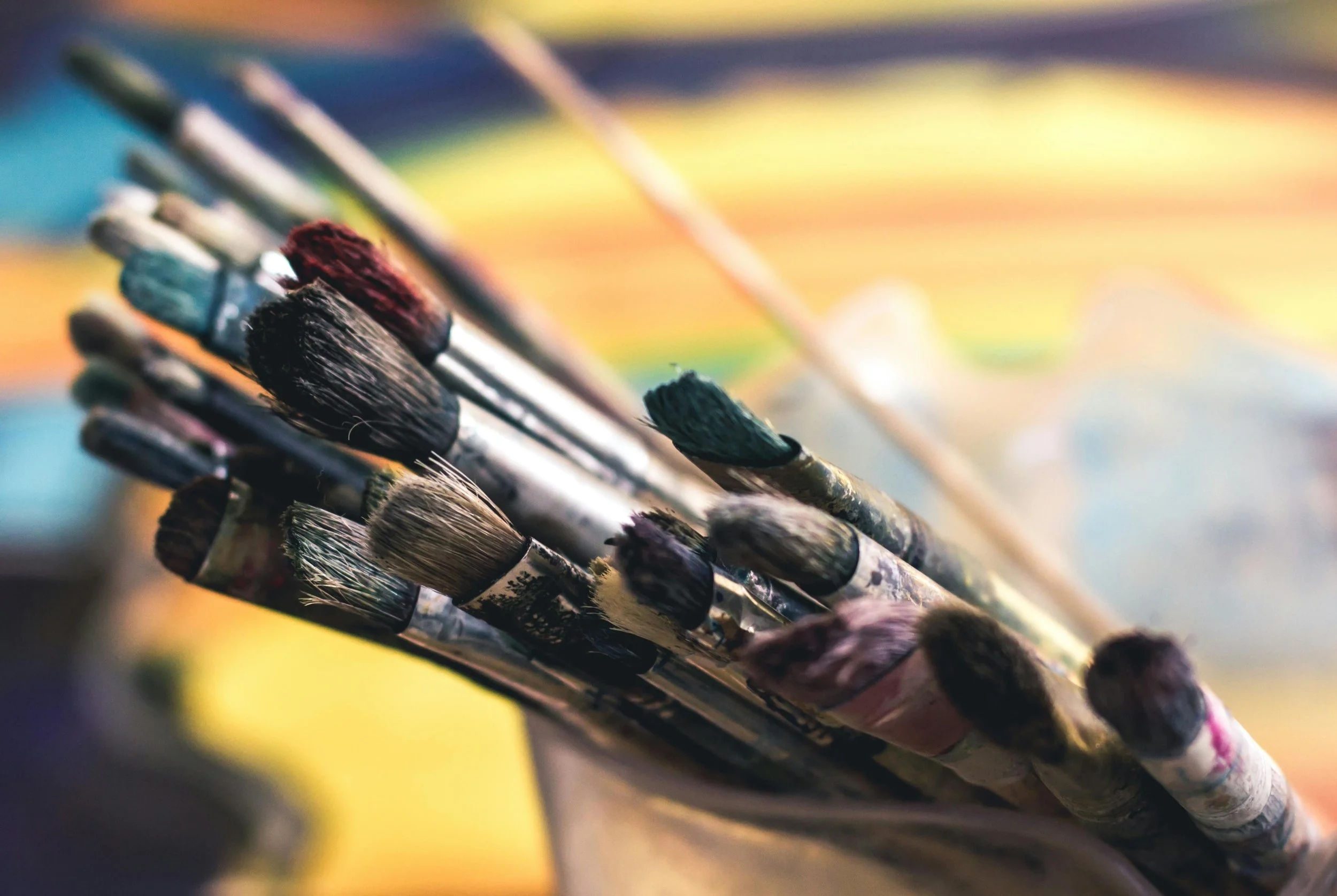From Clinic to Studio: Rethinking Healthcare Spaces as Creative Labs
Healthcare is often viewed through a clinical lens—sterile, functional, and focused on efficiency. Yet, beneath the surface, healing is inherently human, messy, and deeply personal. What if we reimagined healthcare environments as creative studios, spaces where art, expression, and collaboration are integral to the healing process? This shift isn't just theoretical; it's happening in hospitals around the world.
Creativity as Therapy
Creativity isn't merely a form of expression; it's a therapeutic tool with measurable benefits. Art therapy, for instance, utilizes the creative process to help individuals manage stress, process emotions, and cope with illness. Studies have demonstrated that engaging in creative activities can lower cortisol levels and enhance immune function. Music therapy has been shown to reduce anxiety and improve cognitive function in patients with Alzheimer's disease. Similarly, dance and movement therapies can aid in physical rehabilitation and emotional expression.
Incorporating creative elements into healthcare settings can lead to improved patient outcomes. For example, patients in environments enriched with art and nature have reported lower levels of stress and anxiety, faster recovery times, and higher satisfaction with their care. These findings underscore the importance of integrating creativity into healthcare design.
Creativity belongs in healthcare because it:
Enhances Emotional Well-being: Creative activities provide patients with an outlet for expression, helping them process emotions and reduce feelings of isolation.
Improves Patient Engagement: Incorporating creative elements into care can make patients feel more involved and invested in their treatment.
Fosters a Healing Environment: Aesthetically pleasing and stimulating environments can reduce stress and promote a sense of calm.
Encourages Collaboration: Creative spaces facilitate interaction among patients, families, and healthcare providers, promoting a sense of community.
The field of neuroaesthetics explores how exposure to art and beautiful environments affects the brain and body. Research has shown that engaging with art can activate areas of the brain associated with pleasure and reward, leading to the release of dopamine, a neurotransmitter linked to feelings of happiness and motivation. Additionally, well-designed spaces can reduce stress hormones and promote relaxation. Incorporating elements like natural light, soothing colors, and interactive art can create an environment that fosters healing.
Examples of Arts in Healthcare
1. University College London Hospitals (UCLH)
UCLH's Arts & Heritage Program integrates art, music, and dance into patient care. The hospital hosts artist residencies, offers art workshops on wards, and collaborates with institutions like the Guildhall School of Music and Drama to provide live performances in patient areas. These initiatives aim to create a welcoming environment that supports healing through creativity.
2. Cleveland Clinic
The Cleveland Clinic's Arts & Medicine Institute incorporates the visual arts, music, and performing arts into patient care. With over 3,500 artworks displayed throughout the facility, the program aims to enhance the patient experience and promote healing. Art therapy sessions are available to patients, focusing on emotional and psychological well-being.
3. Eskenazi Health, Indianapolis
This hospital features art installations like Paths Crossed, a suspended sculpture made of intertwined wooden ladders, symbolizing community and individual journeys. Another installation, Arbor, uses lighting to cast tree shadows, connecting patients with nature. These artworks aim to provide comfort and provoke thought, enhancing the healing environment.
4. Khoo Teck Puat Hospital, Singapore
Known as the "garden hospital," it integrates greenery throughout its design, including rooftop gardens and water features. This biophilic approach has been shown to reduce stress and improve patient well-being.
Designing Creative Labs
To transform healthcare spaces into creative labs, consider these innovative ideas:
Incorporate Art and Design: Use artwork, sculptures, and design elements that are visually stimulating and reflective of diverse cultures.
Provide Creative Tools: Offer materials for drawing, painting, or crafting, allowing patients to engage in creative activities during their stay.
Host Performances and Workshops: Organize live music, dance, or theater performances, as well as workshops led by artists, to engage patients and staff.
Create Collaborative Spaces: Design areas where patients, families, and healthcare providers can come together to collaborate on creative projects.
What the Future Holds
The future of healthcare lies in recognizing the importance of the human spirit. By integrating creativity into healthcare environments, we acknowledge that healing is not just a physical process but an emotional and psychological journey. Transforming clinics into studios isn't merely a design choice; it's a commitment to holistic care that honors the creativity inherent in every individual.


